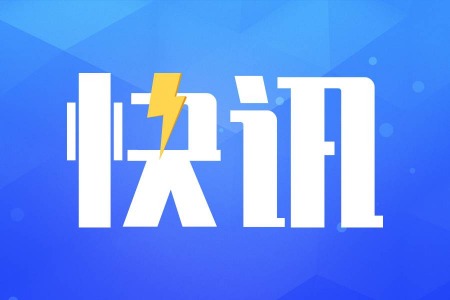By Greg Gao
(JW Insights) Oct 7 -- October 7 marks the first anniversary of the U.S. government’s decision to restrict exports of semiconductor chips and equipment to China on Oct. 7 of last year. An October 4 article by Business Korea reviews the major moves in the industry, saying that tensions and conflicts are intensifying in the “semiconductor war” between the U.S. and China.

Last month the US Biden admistration announced an update on policies regarding “Artificial Intelligence (AI) semiconductors."
The European Union (EU) is also considering measures to limit exports of advanced technologies, including semiconductors, seemingly targeting China.
This comes after China’s IT giant, Huawei, successfully started mass production of 7-nanometer (nm) semiconductors, signaling rapid technological self-reliance, which seems to have heightened concerns. However, Korean companies, mainly focused on memory semiconductors, seem to be currently out of this fray. More excerpts from the Business Korea article:
According to foreign media on Oct. 2 (local time), the U.S. Department of Commerce is expected to announce additional restrictions on exports of semiconductor equipment and AI semiconductor chips to China soon. Reuters reported that the U.S. has already alerted China that it may update its export controls on semiconductor equipment and other items targeting China as early as this month.
Earlier, the U.S. signaled a strategy to pursue a “small yard, high fence” approach, emphasizing tighter controls over key technologies. With this in mind, if an updated semiconductor export regulation is released, it’s anticipated to focus more on cutting-edge technology.
The U.S. Commerce Department had last October prohibited export to China of semiconductor equipment and software capable of producing DRAM less than 18 nm, NAND flash with 128 layers or more, and logic chips (non-memory chips) less than 14 nm. The intention of those new regulations was to address the gaps in the previous sanctions and further limit China’s access to advanced equipment.
NVIDIA, which holds 80% of the global AI semiconductor market, is already on high alert. Over 30% of the company’s total revenue comes from the Chinese market. Following the U.S. Department of Commerce’s export controls last year, NVIDIA had been exporting only lower-spec products to China. The product exported, the A800, is intentionally downgraded from the A100. With the new regulations, even this might be banned from export, as predicted by industry insiders.
Another target is the “cloud service market.” The U.S. government is considering measures to prevent Chinese companies from accessing Amazon Web Services (AWS) and Microsoft Azure, which offer robust computing capabilities anywhere. This is in response to concerns that these services could be used to circumvent export control measures. In addition, Reuters reported that existing export restrictions on semiconductor equipment will also be updated.
The European Union (EU) has also started reviewing export control measures for advanced technologies, including semiconductors, targeting China. On Oct. 3 (local time), the European Commission announced it would evaluate the risks of four key technologies, including semiconductors and AI, being weaponized by countries that don’t align with EU values. The Commission plans to assess these risks by the end of the year and implement measures to mitigate them from next year.
The four key technologies are semiconductors, AI, quantum, and the biotech industry.
Following its own export control announcement, the U.S. has been forming an alliance with countries included in the “FAB4” semiconductor task force, which includes Japan, the Netherlands, and South Korea. Japan, a powerhouse in semiconductor equipment and materials, announced export control measures for 23 items, including advanced semiconductor lithography and cleaning equipment, starting from last July. The Netherlands had also previously announced strengthened export controls.
The U.S.-China semiconductor dispute intensified especially in May when Chinese authorities halted purchases of semiconductor products of U.S.-based Micron, citing security risks. The tension between the two countries over semiconductors has been ongoing, with China initiating export controls on 30 items like gallium and germanium after the U.S. restricted exports of advanced semiconductor equipment and added Chinese state-owned semiconductor company YMTC to the export control list last year.










